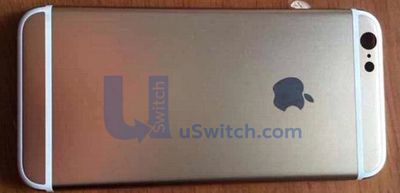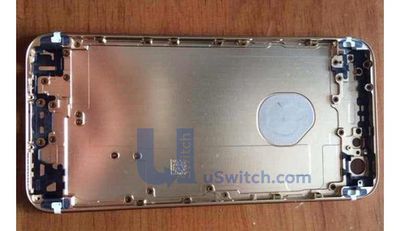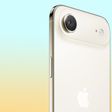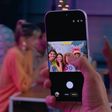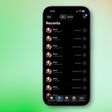Curse of Naxxramas, the first expansion for Blizzard's popular Hearthstone: Heroes of Warcraft collectible card game, is now available for download on PCs, Macs, and iPads.
Like Naxxramas in World of Warcraft, Curse of Naxxramas in Hearthstone is a floating necropolis organized into five different wings, including the Arachnid Quarter, Plague Quarter, Military Quarter, Construct Quarter, and Frostwyrm Lair.

Blizzard's Curse of Naxxramas launch event will see one new wing opening each week for approximately a month, beginning with the Arachnid Quarter. Every wing contains enemies and bosses that must be eliminated, and successfully defeating bosses will add new cards to a user's collection. Naxxramas introduces 30 new cards to Hearthstone.
The ancient necropolis Naxxramas, a base of operations for the powerful archlich Kel'Thuzad and his plague-bearing undead host, comes to Hearthstone in a single-player Adventure that anyone can undertake.
Progress through each of the five unique wings of the dungeon and gain new cards for your Hearthstone collection by defeating the iconic bosses you'll face along the way: the oversized arachnid Maexxna, the fungal horror Loatheb, and the shambling abomination Patchwerk are just a few of the horrors awaiting you. Each boss has its own unique cards and hero powers at its disposal to challenge even the most seasoned of card-slinging adventurers.
Curse of Naxxramas includes a unique game board with interactive corners and there are also nine different class challenges to complete.

Players can permanently unlock the Arachnid Quarter for free on all platforms by downloading Naxxramas on any platform, completing the tutorial, and completing a game in the Naxxramas area.
While the Arachnid Quarter is free, subsequent expansions will cost in-game gold or real money to unlock. Each wing is priced at 700 gold or $6.99, but users who participate in the launch event can unlock the full expansion for $19.99. Pricing goes up after the event and there are also various packages available for users who want to purchase content using a combination of in-game gold and money.
Hearthstone: Heroes of Warcraft for the iPad can be downloaded from the App Store for free. [Direct Link]
Hearthstone: Heroes of Warcraft for Mac can be downloaded from Blizzard's website for free.
Update 12:10 PM PT: Our sister site TouchArcade has released some tips on how to to beat the Arachnid Wing bosses and class challenges.


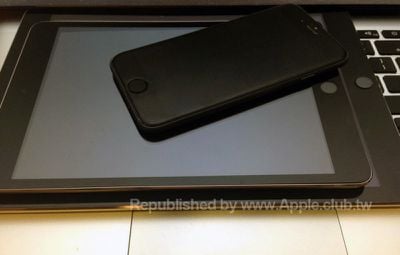
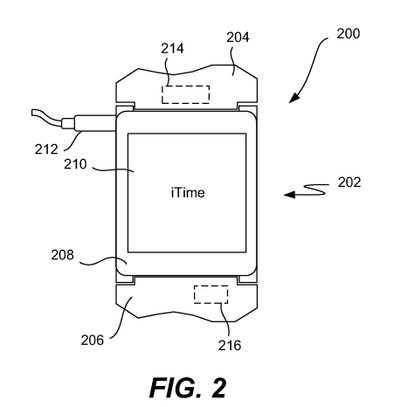

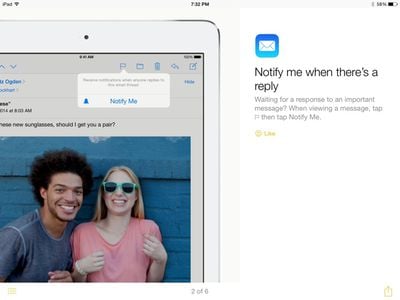
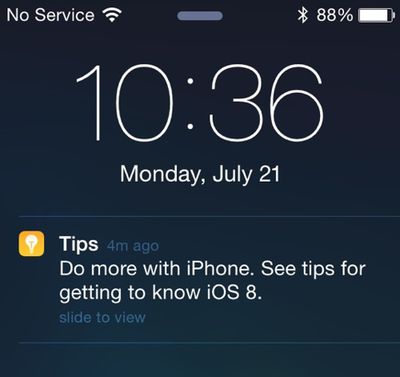
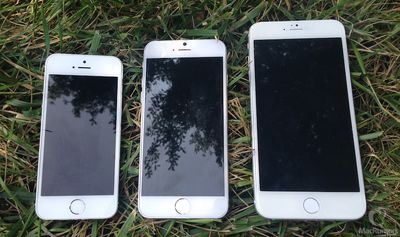


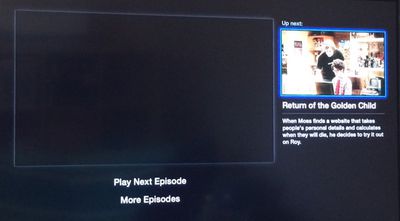




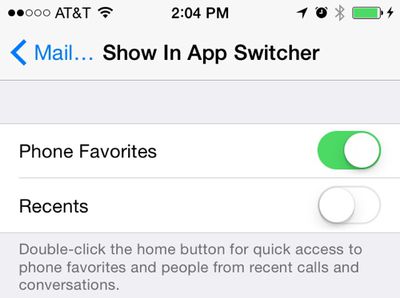
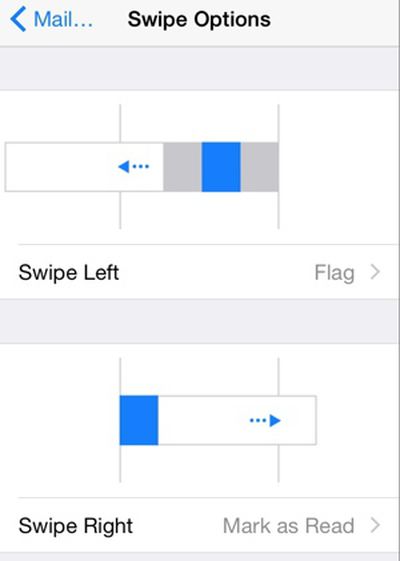


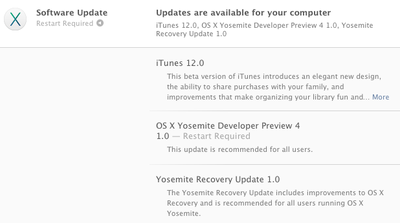
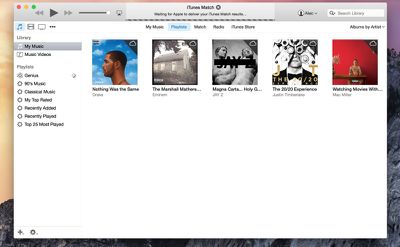

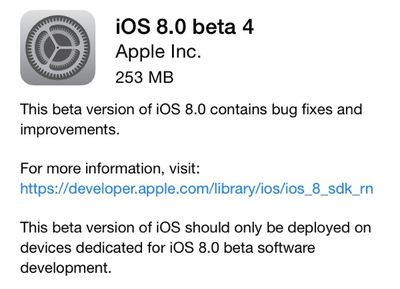
 As part of a recent Hackers On Planet Earth (HOPE/X) conference presentation, forensic scientist and iPhone jailbreak expert Jonathan Zdziarski detailed several backdoor security mechanisms that are secretly included in iOS by Apple. These mechanisms make covert data collection easier for Apple and governmental authorities, reports
As part of a recent Hackers On Planet Earth (HOPE/X) conference presentation, forensic scientist and iPhone jailbreak expert Jonathan Zdziarski detailed several backdoor security mechanisms that are secretly included in iOS by Apple. These mechanisms make covert data collection easier for Apple and governmental authorities, reports 